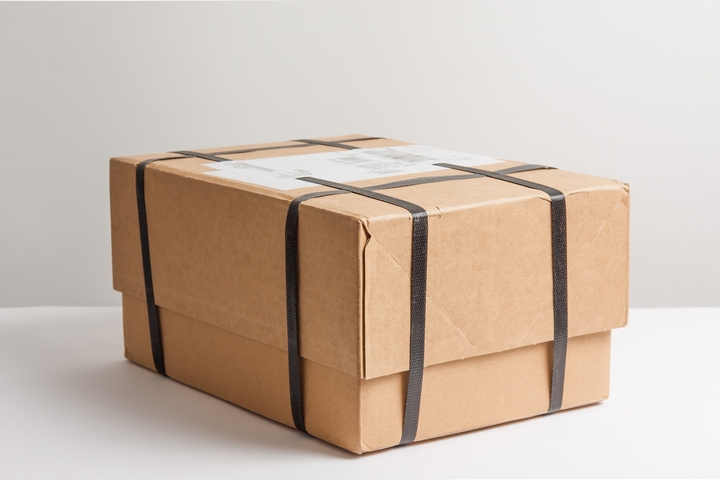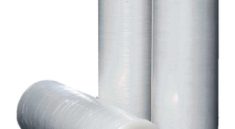Businesses are run to make a profit by providing goods and services for consumers to purchase. Much time and money are spent on design and marketing to attract customers to buy your wares, but an additional process starts when they do.
This is order fulfillment, and it is more complex than you think. In the digital era, getting your products into customers’ hands takes a mix of planning, technology and labour. You need this to run seamlessly because of any disruption or errors in fulfilling orders, and you may lose a customer.
Sales are king, and any business’s sale isn’t complete until your products are delivered to happy customers. Understanding the order fulfilment process will keep your business running smoothly and keep your employees, vendors and customers happy. Ideally, hire a third party logistics company to do them for you, and you will see your business thrive.
How can you successfully get an order and deliver the product to your consumer’s hands? What is the order fulfillment process? Let’s break it down into each step.
1. Order and Receive Inventory

A business needs wares to sell; typically, you must have it on hand for sales. This involves selecting merchandise or producing your products first. Then you need to assess what you want and how much of it you want to stock. This also involves:
- Checking orders
- Labelling
- Inventory management
Once you have your items delivered, you need to house them.
2. Inventory Storage

This involves having the space to store your products and organizing it based on how to ship them. You may need additional packaging before it goes out the door, and for products with a shelf life, you have to rotate stock and know your expiration dates.
3. Processing Orders

When you make sales in-store or through your e-commerce site, you must process those orders through a management system to better help you. The orders must be picked up, taken to the packaging station, inspected for damage and brought to the shipping area. Inventories must be adjusted to reflect the products going out, and new items must be ordered to restock inventory.
4. Order Shipment

Now that the package is ready to be sent, you will need an employee to deal with mail service or contact a third-party carrier. Weight and size will be a factor that dictates the shipping option you choose.
5. Returns

The last part of order fulfillment is when products are returned. There may be damage or the result of an unwanted item, but depending on your policy regarding returns, you will need to either provide a replacement or give a refund. Your return policy should be clearly stated in your ordering process, so there is no confusion and strife. The returned product must also be inspected to see if it is okay to restock or unsellable. In this case, it should be returned to the vendor for a refund to you.
6. Dealing With Problems

You want your order fulfillment process to work without issue, but several circumstances can affect the flow of your goods to the customer:
- Supply Shortages
- Logistics failure
- Demand planning
To overcome these problems, you must better organize inventory, shipping, and logistics efficiency with picking, packaging, and delivery.
Some companies have a robust system for handling orders through a strong team and great automation. Sometimes though, internal fulfillment doesn’t make sense because your in-house talent is better focused on the business with production and sales. The solution is to outsource your order fulfillment with a third-party company.
7. Third-Party Fulfillment

Some great companies are dedicated to handling all your fulfillment requirements. This is their sole focus, and they can take some or all of the processes off your plate, including:
- Storing inventory
- Processing orders
- Tracking inventory
- Shipping
- Returns
This streamlined process gives you peace of mind because you know professionals handle your products and orders. Some of these companies leverage the scale of their shipping volume to save money and bring your costs down.
Your business is your baby, and you want to see it through, right to the consumer, but sometimes it makes more sense to have a dedicated company that can handle it for you. Then you can work on what made you successful: innovation, your unique products and services, and your sales record.
Ultimately, there is always room for improving order fulfillment. This can be done by:
- Optimizing your inventory management
- Improving shipper relations
- Automate as much as you can
- Have clear customer expectations
- Use a great order-picking strategy
- Be prepared for customer returns
- Knowing your strengths
- Hiring a third-party fulfillment company




